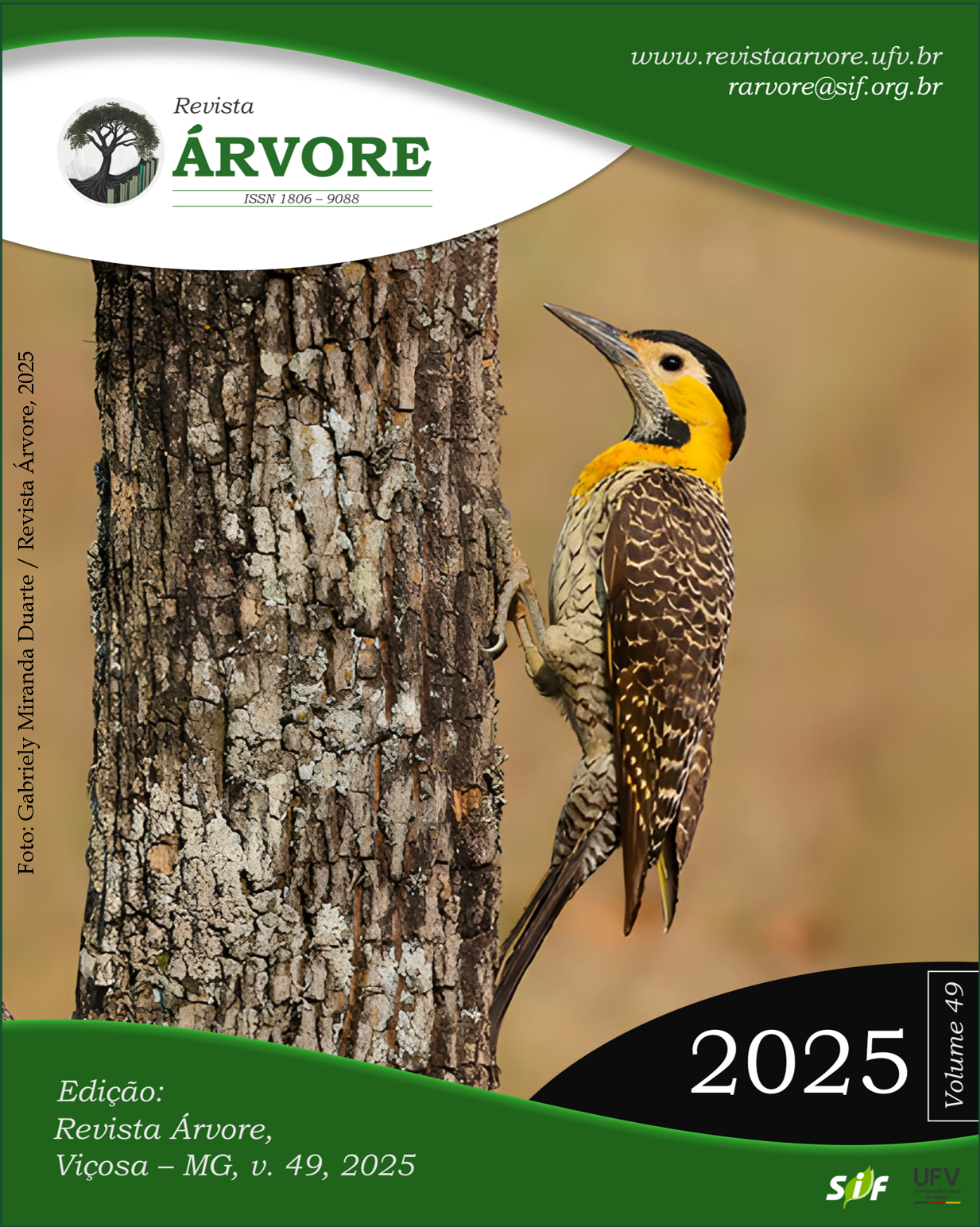Wooden bridges in Amazonia: Recommending regional forest species for structural maintenance
DOI:
https://doi.org/10.53661/1806-9088202549263863Keywords:
Sustainable forest management, Natural durability, Species groupingAbstract
Wooden bridges are essential structures for communities, especially in the Amazon region, where they have played a crucial role in territorial unification. Most were built without the supervision of specialized technicians. Maintenance of these structures is essential to ensure their durability, given the use of different wood species and the challenges of natural degradation. This study aims to list suitable Amazonian species for each structural element of DNIT-type bridges (National Department of Earth Infrastructure), taking into account natural durability, mechanical strength and dimensional stability. The justification lies in the need to increase the useful life of these structures, taking into account factors such as environmental degradation and biological attacks. To this end, bibliographic data on the species identified in two bridges on the BR319 was studied, selecting and separating them into groups, for use at points most susceptible to attack and points subject to the weather, which meet the structural calculation, and also have good dimensional stability. The results listed eigth possible forest species for appropriate use in the maintenance of DNIT-type Amazonian wooden bridges.
Keywords: Sustainable forest management; Natural durability; Species grouping
Downloads
Published
How to Cite
Issue
Section
License
Copyright (c) 2025 Revista Árvore

This work is licensed under a Creative Commons Attribution 4.0 International License.
All authors agreed to submit the work to Revista Árvore and granted the exclusive license to publish the article. The authors affirm that it is an original work and has not been previously published elsewhere. The scientific content and opinions expressed in the article are the sole responsibility of the authors and reflect their opinions, not necessarily representing the opinions of the editorial board of Revista Árvore or of the Society of Forest Investigations (SIF).








